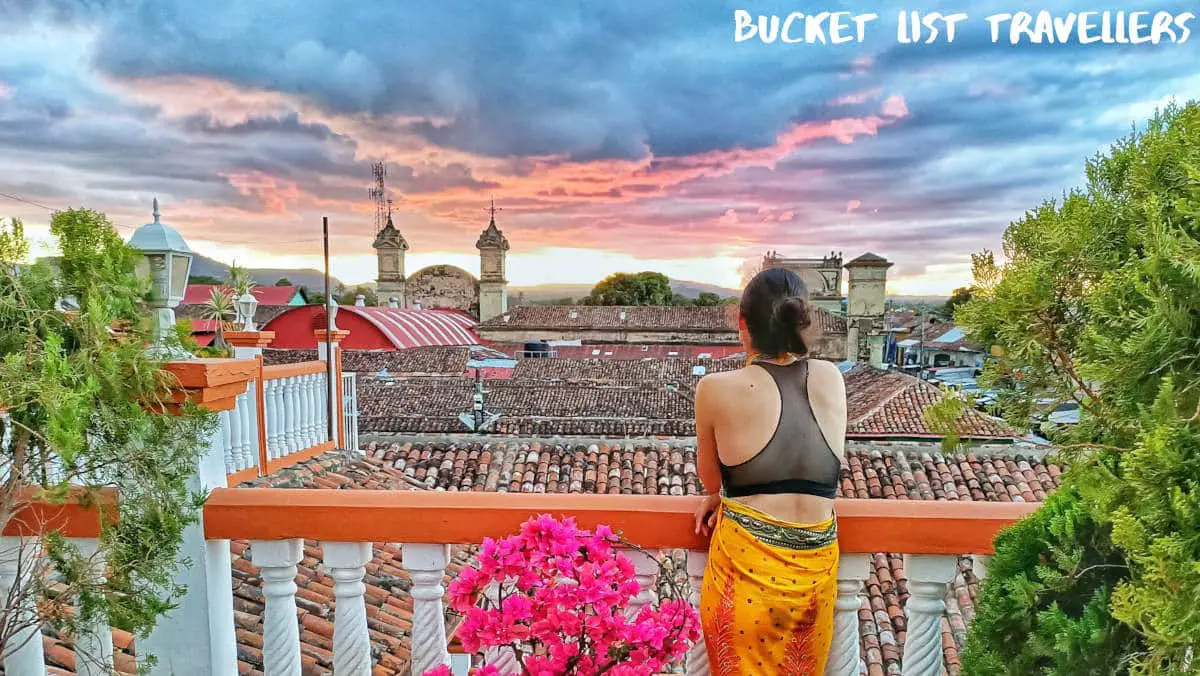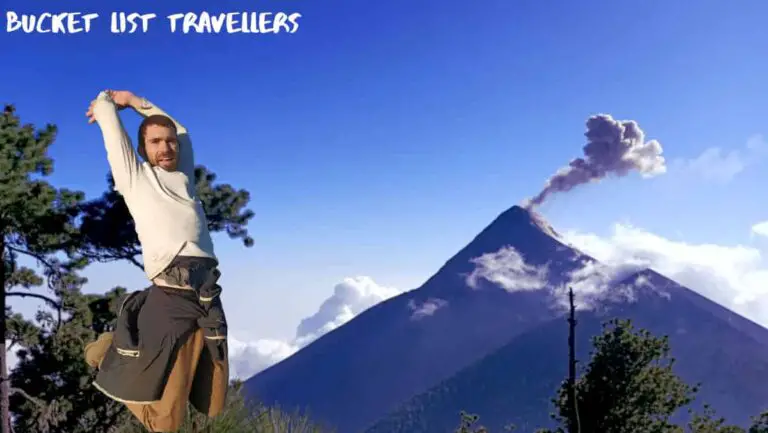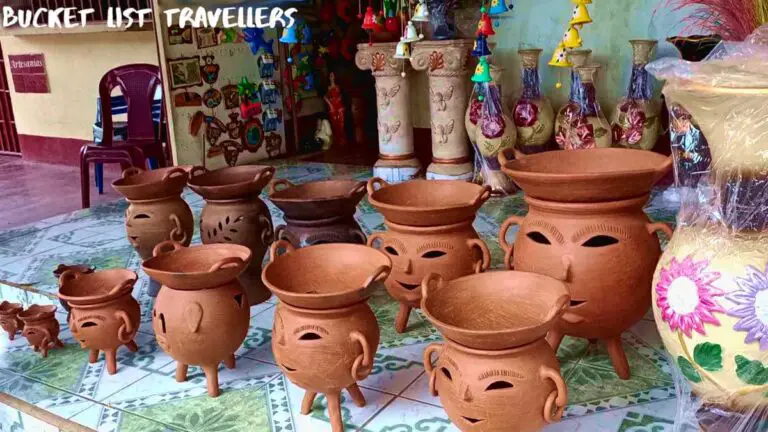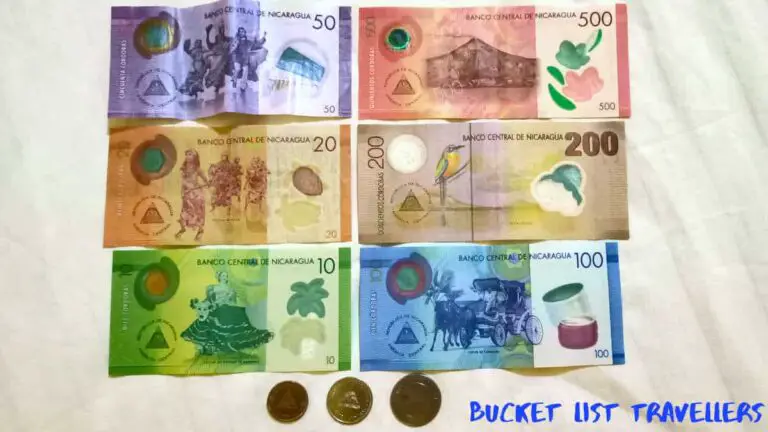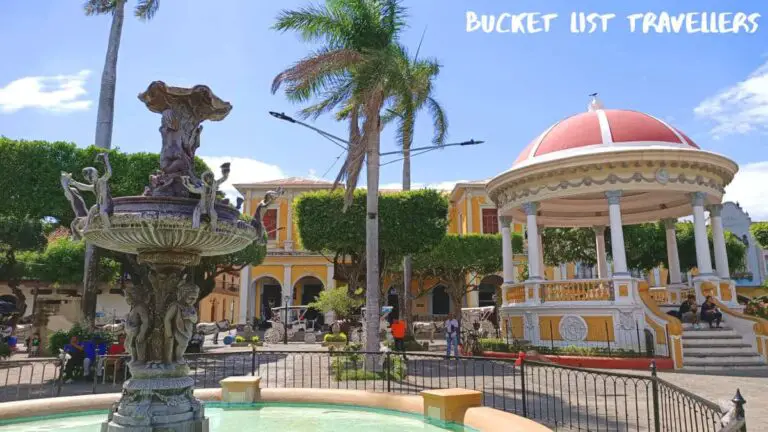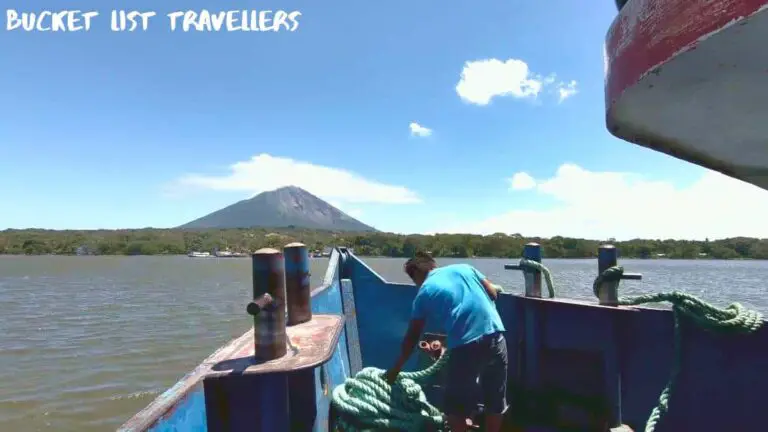Ever wanted to visit Nicaragua? In this Nicaragua travel blog we’ll share the 5 Most Surprising Things About Visiting Nicaragua! We have unexpectedly been living in Nicaragua for over a year due to Covid. During this time we have fallen in love with our adopted city of Granada Nicaragua. We’ll cover some things we’ve observed in the culture and customs. We’ll also cover some more practical matters of day to day living.
From amazing Nicaragua festivals like Hipica and Tope de los Santos, to being one of the cheapest places to live in Central America, Nicaragua has so much to offer. This will be very useful for anyone wanting to know what to expect when visiting Nicaragua.
Plan your trip: Here are our Nicaragua top recommendations:
Activities: book your Nicaragua Tours with Get Your Guide.
Accommodation: we use Booking.com to find the best hotels.
Private Transfers: Pacific Tours,
Flights: find cheapest flights with cashback on WayAway.
Airport Lounge Access: start your holiday the right way with Priority Pass.
Travel Medical Insurance: SafetyWing Nomad Insurance is the ideal choice for long-term travellers and digital nomads.
Travel Banking: Wise makes global travel banking seamless and affordable.
How we unexpectedly started living in Nicaragua
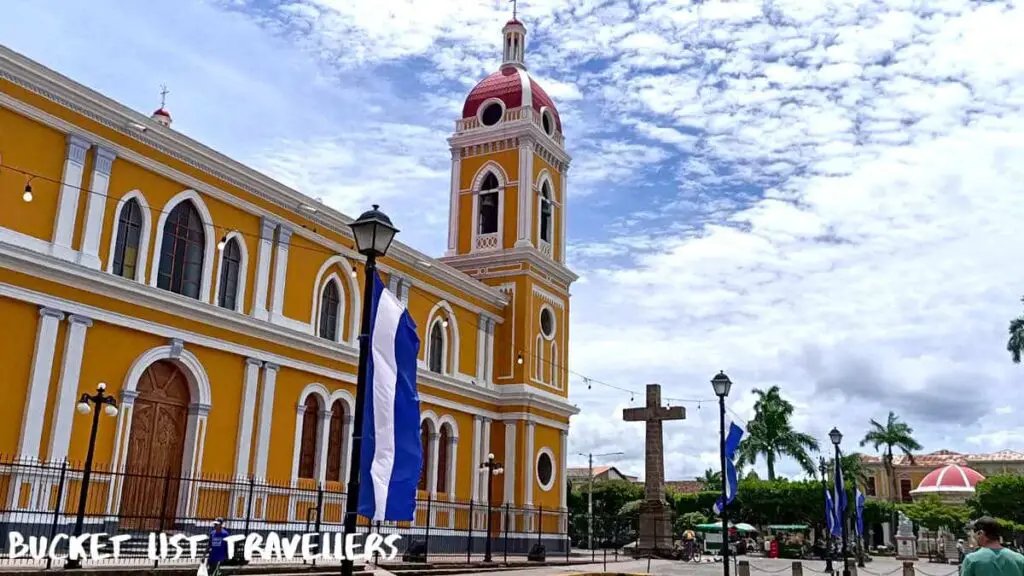
In March 2020 we crossed the border from Honduras into Nicaragua. This was part of a year long adventure around the world. Little did we know that a year later the world would still be effectively shut down due to Covid and that we’d still be living in Nicaragua! With borders closed and our home country of Australia placing caps on the number of Australians that can return home each day, it looks unlikely that we’ll be able to return home anytime soon. We’ll probably be here for a while yet! If you want to know more about how we reached our decision to ride out the pandemic here, watch this Covid stuck abroad video. We’ve also got a Covid vlog on our day to day life in Nicaragua 4 months in, so be sure to check that one out as well.
Living in the city of Granada Nicaragua

We called Granada Nicaragua our home for a year. It’s an inland city on the coast of Lake Nicaragua and is home to around 120,000 people. Granada is conveniently located only 30 minutes drive from the capital Managua. It has plenty of amenities including 3 main supermarkets, and a wide range of restaurants. As Nicaragua’s 6th most populous city, it has a rich history, beautiful colonial style architecture and is a popular choice for expats looking to move to Nicaragua. Granada has a warm and tropical climate with a dry and rainy season. It’s less hellishly hot than Leon, more relaxed than Managua and less rainy compared to Ometepe Island. Also known as La Gran Sultana, Granada is filled with stunning churches and has spectacular views of nearby Mombacho Volcano.
The 5 most surprising things about visiting Nicaragua!
They still use horse and cart
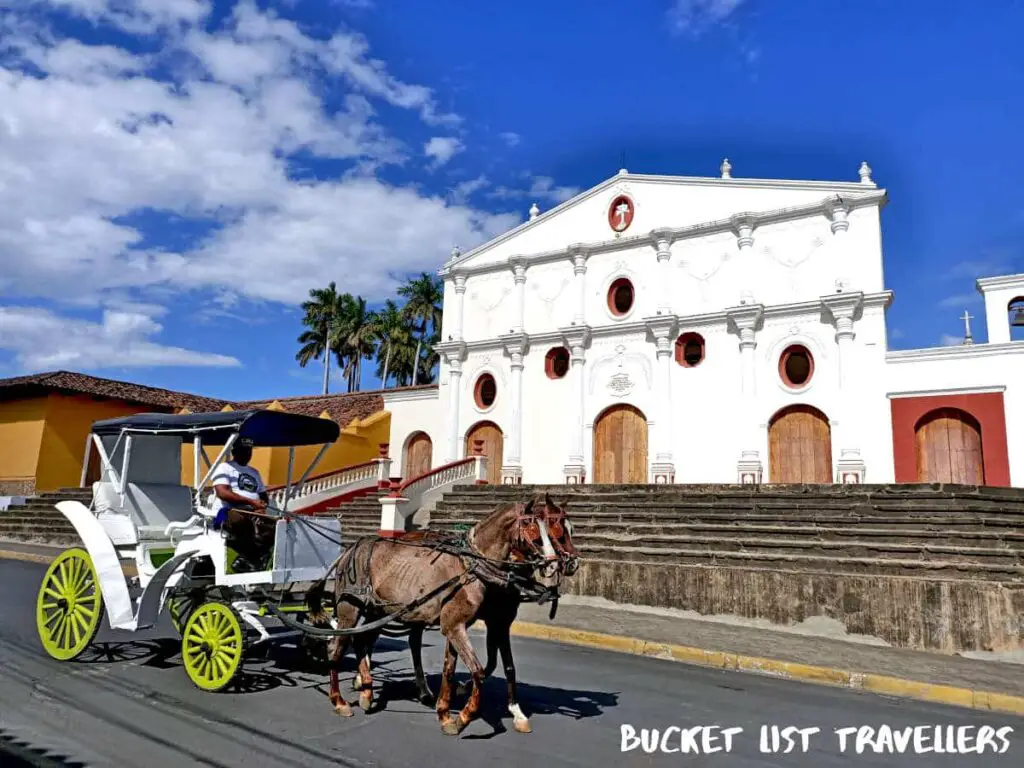
A thing that harks back to a simpler time, it the use of horse and cart.
Cars, bikes and motorbikes are common forms of transportation in Nicaragua. However it is not uncommon to see a horse going down the street. 6 months in, and I still find it surprising when I hear the clip clip of hooves outside. Around the Central Park of Granada these horses and carts are lined up in a row waiting for willing customers. The use of horses and carts really adds to the charm of the city. It does have its downsides in terms of horse waste products on the street. However this is not too much of an issue as the streets are cleaned regularly. However we recommend you keep your eye on where you’re walking when crossing the street!
Nicaraguan Festivals
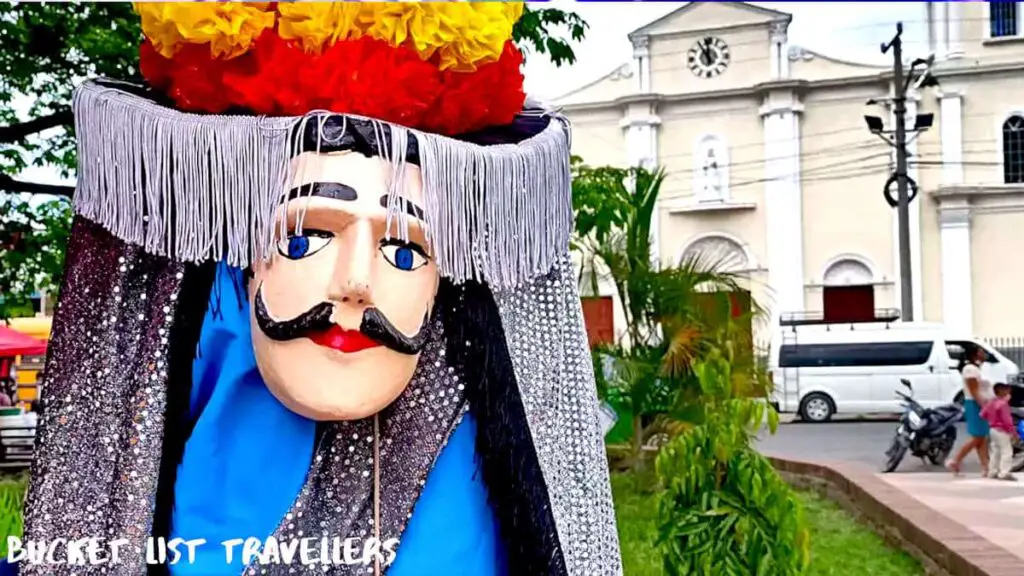
The festivals in Nicaragua are a spectacle to behold! The festivals in 2020 and 2021 were much smaller events than previous years due to the Covid pandemic. Despite this, we couldn’t resist checking out the Hipica dancing horse parade and the Tope de Toros, which was the running of the bulls, both in Granada. Hipica is a big parade that celebrates the horse culture of Nicaragua. For more of this event, check out our video.
The Running of the Bulls in Nicaragua
For Tope de Toros, the running of the bulls, people from all over the country descend on Granada for a day of drinking and craziness. People fill the streets, and bulls are given free rein to run all over the town. Typically there are around 5 bulls for this festival, but there have been less in recent years. This year we saw just two. We didn’t realise that there was a running of the bulls anywhere outside Spain. However apparently Nicaragua and Costa Rica also have running of the bulls. There are also rodeos featuring bull riding that occur in Nicaragua.
Nicaragua Religious Festivals
Nicaragua has a strong Catholic tradition and this flows through to many of their festivals. Many Nicaraguan religious festivals occur throughout the year. Each city has its own Catholic patron saint, and festivals are held once a year in each city in honour of that city’s patron saint. We were lucky enough to experience the Tope de los Santos festival in Jinotepe in honour of San Santiago. We have a whole Nicaragua travel blog dedicated to that unique Nicaraugan festival. Nicaraguan festivals incorporate both Catholic as well as indigenous customs. They are vibrant celebrations that are not to be missed!
The biggest festival in Nicaragua occurs in the leadup to Christmas. This festival is called La Purísima. This catholic festival is a multi day event celebrating the immaculate conception of the Virgin Mary. La Purísima is truly a spectacle, with many fireworks, bands and large processions through the streets each night.

You can drink the tapwater in most Nicaragua cities
One of the things that I absolutely love about Nicaragua is that you can drink the tap water. After travelling through Central America for 4 months and racking up quite the collection of plastic water bottles, it was quite a treat to be a country where you could actually drink the tap water. Tap water in most parts of Nicaragua are chlorinated. However before you start drinking the water, just check that this is the case in the location that you’re at. We’d recommend easing into it gradually just to be on the safe side.
There are even vendors that go around the town selling those massive bottles of water known as bidones.
One thing to bear in mind is that from time to time the water can stop working. In our one year living in Granada we have had this happen a couple of times. If you are very unlucky, like we were on our last night in Granada, you might get the water AND electricity going out at the same time! So just keep a few bottles of water on hand just in case.
Cheap cost of living in Nicaragua
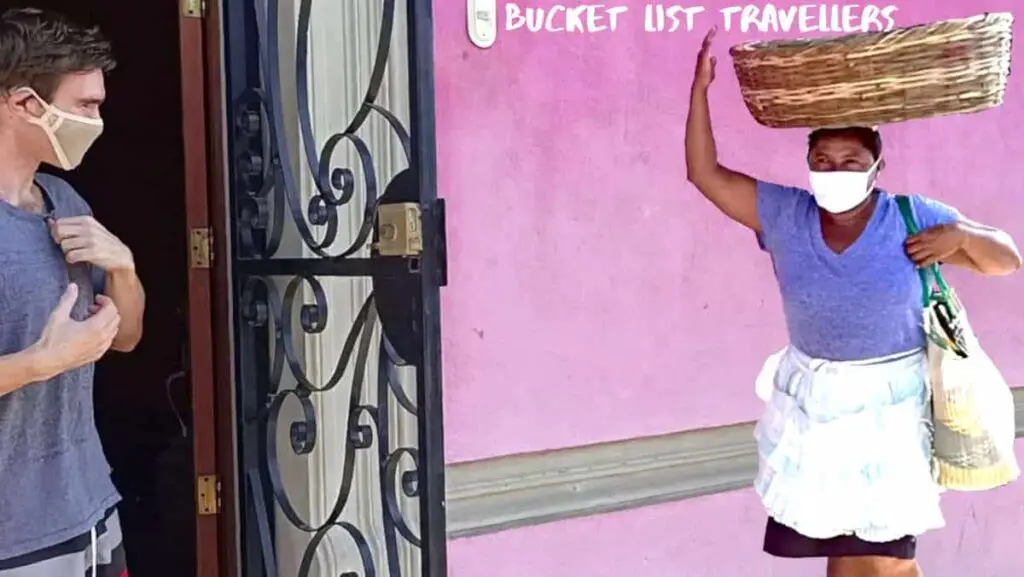
One thing that has been a great aspect of living in Nicaragua has been the super cheap cost of living. It is one of the cheapest places to live, and is much cheaper than it’s neighbour Costa Rica. This has been a definite plus of being here, compared to going home to Australia. This is particularly true if you shop at local markets and buy from local restaurants.
Unfortunately there are a couple of things in Nicaragua that aren’t cheap. One that really surprised us was chocolate, especially given that chocolate comes from Central America. The quality of locally produced chocolate is excellent, and Nicaragua has some great award winning chocolate. However it’s not as cheap as that mass produced stuff that you can get in other countries. But perhaps we are comparing apples with oranges here.
Plumbing in Nicaragua
One of the more practical things to keep in mind when living or travelling in Nicaragua is the plumbing. The plumbing can’t handle flushing toilet paper. You’ll need to put your paper rubbish in the trash rather than in the toilet. This is generally true of all countries in Central America. Fortunately for us, the builders of our home conveniently installed a bidet. However this is not a common feature of bathrooms in Nicaragua. We have heard of some places having toilets that allow you to flush your toilet paper, but this is the exception rather than the norm.
Final thoughts about visiting Nicaragua
What surprised you most about visiting Nicaragua? Was there anything we missed on our list? Let us know in the comments section below. If you liked this post you might also like to know about the 10 most surprising things about living in Nicaragua.
If you want to learn more about visiting Nicaragua, check out our 5 Most Surprising Things About Visiting Nicaragua video.
Nicaragua Blogs
You can find our Nicaragua blogs below.
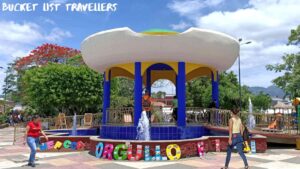
Esteli Nicaragua Destination Guide (2024): What You Need to Know
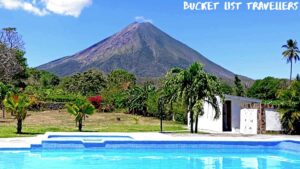
Ometepe Island Nicaragua Destination Guide (2024): What You Need to Know
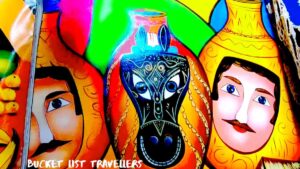
Masaya Nicaragua Destination Guide (2024): What You Need to Know
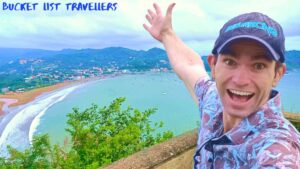
San Juan del Sur Nicaragua Destination Guide (2024): What You Need to Know
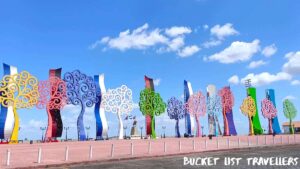
Managua Nicaragua Destination Guide (2024): What You Need to Know

Leon Nicaragua Destination Guide (2024): What You Need to Know
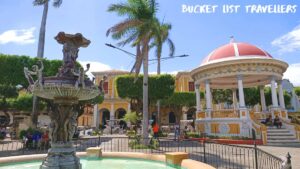
Granada Nicaragua Destination Guide (2024): What You Need to Know
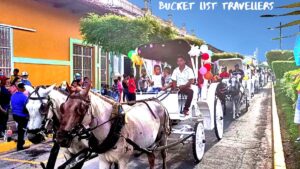
Transport in Nicaragua – Complete Guide to Nicaragua Transportation (2024)
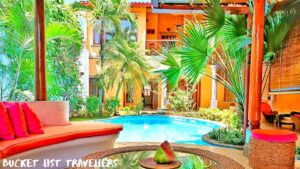
Where should I live in Nicaragua?
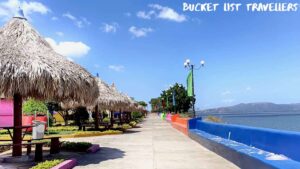
Top 5 Things to do in Managua Nicaragua (2024)
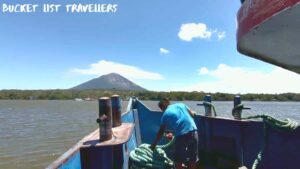
Granada Ferry: How to get to Ometepe Island

Nicaragua Costa Rica Border Crossing: Complete Travel Guide
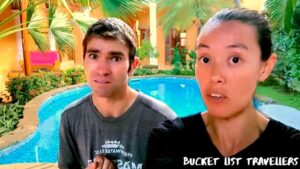
Home Invasion in Granada Nicaragua

Ojo de Agua: Paradise in Nicaragua!
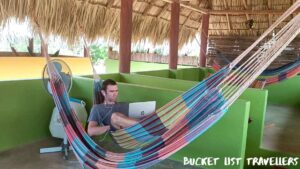
How Good is the Internet in Nicaragua?
Affiliate Links
This website contains affiliate links, which means we may earn a commission on any purchases at no additional cost to you. Your support helps us continue our travels and make more travel blogs and travel videos, thank you!
